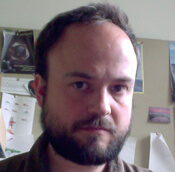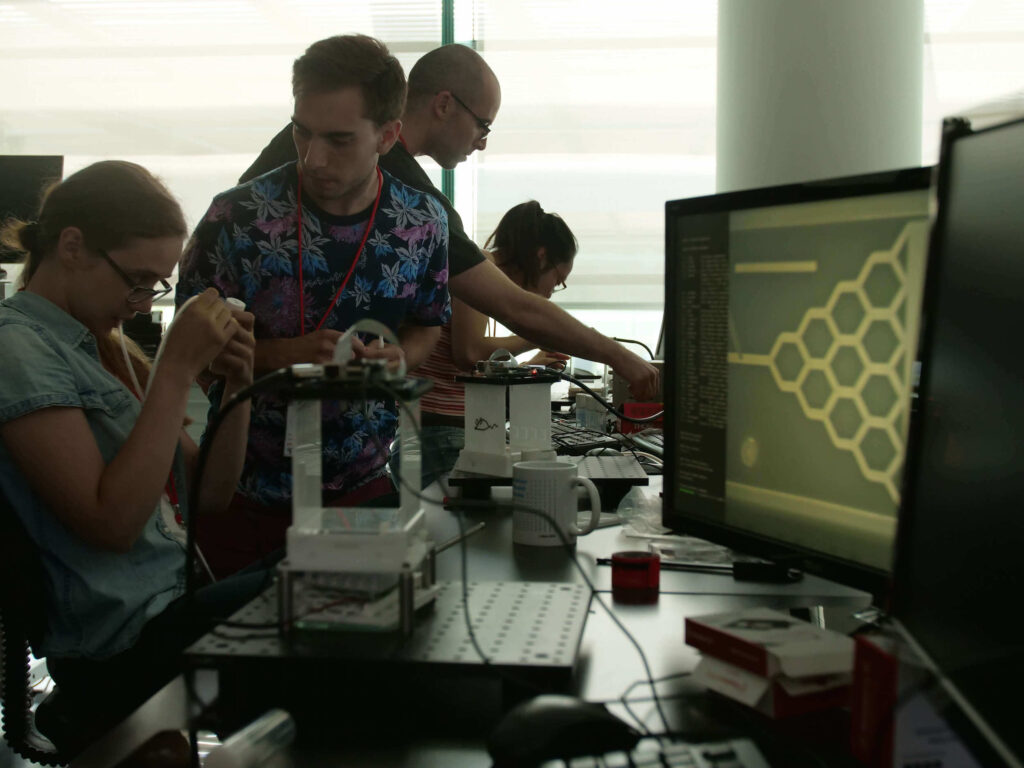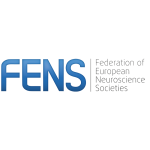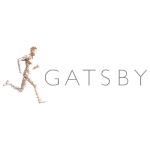Course overview
Quantitative studies of behaviour are fundamental in our effort to understand brain function and malfunction. Recently, the techniques for studying behaviour, along with those for monitoring and manipulating neural activity, have progressed rapidly. This course provides promising young scientists with a comprehensive introduction to state-of-the-art techniques in quantitative behavioural methods. This course’s content is complementary to other summer courses that focus on measuring and manipulation neurophysiological processes.
Our focus is on methodologies to acquire rich data representations of behavior, dissect them statistically, model their dynamics, and integrate behavioral measurements with other kinds of neurobiological data. To this end, students will 1) fabricate devices for recording the behavior experimental organisms, 2) learn, under the guidance of the scientists developing these methods, the modern tools to analyze behavioral data from these organisms, and 3) in a week-long independent project develop and conduct a behavioral study of their own design, with the support and guidance of the course instructors and teaching assistants.
This 3-week course is a practical “hands-on” introduction to advanced methods in behavioural tracking and analysis. Our educational goal is to cover sufficient background such that all participants will be able to establish these techniques in their home laboratories.
In the pedagogical portion of the course (blocks 1 and 2, see below) we will use two main experimental model systems: flies (Drosophila melanogaster) and zebrafish (Danio rerio). Several days of instruction will focus on analysis of video data, and on these days, students may use videos of flies and fish, videos we provide of mammals behaving, or videos of their own organism of choice. In the student project portion of the course (block 3), students may use these experimental organisms, as well as, subject to their availability, organisms in use at the Champalimaud.
We will cover data acquisition (software, hardware, tools), preprocessing (single animal, body parts and multiple animals tracking systems), data analysis (clustering, ethograms) and modeling.
Course directors

Gordon Berman
Course Director
Emory University, USA

Benjamin de Bivort
Course Director
Harvard University, USA

Gonzalo G. de Polavieja
Course Director
Champalimaud Foundation, Portugal

Orit Peleg
Course Director
University of Colorado, USA

Greg Stephens
Course Director
VU University Amsterdam, The Netherlands
OIST Graduate University, Japan
Keynote speakers
Sama Ahmed, University of Washington, USA
Kristin Branson – hhmi, Janelia Research Campus, USA
Bing Brunton – University of Washington, USA
António C. Costa, Ecole Normale Supérieure de Paris, France
Serena Ding – Max Planck Institute of Animal Behavior, Germany
Giorgio Gilestro – Imperial College London, UK
Alex Jordan – Max Planck Institute of Animal Behavior, Germany
Ann Kennedy – Northwestern University, USA
Natasha Mhatre – Western University, Canada
Ilya Nemenman – Emory University, USA
Talmo Pereira – Salk Institute for Biological Studies, USA
Sam Reiter – Okinawa Institute of Science and Technology, Japan
Barbara Webb – University of Edinburgh, UK
Instructors
Tosif Ahamed – Mount Sinai Hospital, Toronto, Canada
Kanishk Jain – Emory University, USA
Ugne Klibaite – Center for Brain Science, Harvard University, USA
Chantal Nguyen – BioFrontiers Institute, University of Colorado Boulder, USA
Denise Yoon, Harvard University, USA
Akira Kawano, Okinawa Institute of Science and Technology, Japan
Adrien Jouary, Champalimaud Foundation, Portugal
Dean Rance, Champalimaud Foundation, Portugal
Francisco Romero, Veriff, Spain
Bruno Cruz, NeuroGEARS, UK
Course content
Schedule
Week 1
Sunday, May 22nd: Arrival & Welcome reception
Monday, May 23rd: Keynote lecture by Ben de Bivort / Afternoon tutorial: Build a rig & capture movies by Ben de Bivort & Giorgio Gilestro
Tuesday, May 24th: Keynote lecture by Giorgio Gilestro / Afternoon tutorial: Build a centroid tracker by Ben de Bivort & Giorgio Gilestro
Wednesday, May 25th: Keynote lecture by Alex Jordan / Afternoon tutorial: Multianimal idtracker.ai by Francisco Romero & Dean Rance
Thursday, May 26th: Morning tutorial by Gonzalo de Polavieja / Afternoon tutorial: Deep Learning notebooks applied to behaviour data sets by Gonzalo de Polavieja
Friday, May 27th: Keynote lecture by Talmo Pereira / Afternoon tutorial: Limb and body tracking by Talmo Pereira
Week 2
Sunday, May 29th: Keynote lecture by Kristin Branson / Afternoon tutorial: Supervised classification by Kristin Branson
Monday, May 30th: Keynote Lecture by Sam Reiter / Afternoon tutorial: Dynamics of behaviour by Greg Stephens & Tosif Ahamed
Tuesday, May 31st: Keynote lecture by Ben de Bivort & Gordon Berman / Afternoon tutorial: Unsupervised analysis of behaviour by Ugne Klibaite & Kanishk Jain
Wednesday, June 1st: Keynote lecture by Bing Brunton / Afternoon tutorial: Probabilistic models by Bing Brunton
Thursday, June 2nd: Keynote lecture by Barbara Webb & Orit Peleg / Afternoon tutorial: Braitenberg and agent-based models by Barbara Webb & Orit Peleg
Friday, June 3rd: Keynote lecture by António Costa / Afternoon: Project design
Week 3
Sunday June 5th Keynote lecture by Ilya Nemenman / Afternoon: Project development
Monday, June 6th: Keynote lecture by Serena Ding / Afternoon: Project development
Tuesday, June 7th: Keynote lecture by Ann Kennedy / Afternoon: Project development
Wednesday, June 8th: Keynote lecture by Natasha Mhatre / Afternoon: Project development
Thursday, June 9th: Keynote lecture by Sama Ahmed
Friday, June 10th: Project presentations
Saturday, June 11th: Departure
Projects
Projects from previous years:
- The role of visual cues in social behaviour in flies;
- Social learning in Drosophila melanogaster;
- Mapping the behavioural repertoire of zebrafish larvae in response to tastants and neuroactive compounds;
- Slfish: characterizing the collective behavior of larval zebrafish following acute social isolation;
- Skinner’s flies: inducing superstitious microbehaviors via random operant rewards;
- The role of lateralized latency asymmetry in virtual task performance;
Ideas for projects for the upcoming course:
- Manifolds in dynamical representations of behavior;
- Deep attention models of collective fish behavior;
- Modelling behavior with different tradeoffs of accuracy and complexity using symbolic regression;
- Unsupervised discovery of motifs in rodent vocalizations.


Champalimaud Centre for the Unknown, Portugal
The Champalimaud Foundation is a private, non-profit organization, established in 2005 and dedicated to research excellence in biomedical science. Completed in 2010, the Champalimaud Centre for the Unknown is a state-of-the-art centre that houses the Champalimaud Clinical Centre and the Champalimaud Research, with its three parallel programs – the Champalimaud Neuroscience Programme, the Physiology and Cancer Programme, and the Experimental Clinical Research Programme.
Initially focused on a system and circuit approach to brain function and behavior, the Centre expanded to incorporate molecular and cell biological expertise. The Centre comprises 26 research groups (circa 400 researchers) leading independent curiosity-based research.
Facilities
The Centre provides Facilities dedicated for Training, some in their entirety, for use by the CAJAL Advanced Neuroscience Training Programme. These include the Teaching Laboratory, a fully equipped open lab space for 20-30 students that can be dynamically reconfigured to support a full range of neuroscience courses. It also overlooks, via floor to ceiling windows, a tropical garden and the river. The experimental spaces include: Imaging Lab: A dark-room containing a full size optical table is used for advanced imaging setups (two-photon microscopy, SPIM, etc.) and custom (course-designed) optical systems.
Registration
Fee : 3.500 € (includes tuition fee, accommodation and meals)
Applications closed on 20th December 2021
The CAJAL programme offers 4 stipends per course (waived registration fee, not including travel expenses). Please apply through the course online application form. In order to identify candidates in real need of a stipend, any grant applicant is encouraged to first request funds from their lab, institution or government.
Kindly note that if you benefited from a Cajal stipend in the past, you are no longer eligible to receive this kind of funding. However other types of funding (such as partial travel grants from sponsors) might be made available after the participants selection pro- cess, depending on the course.






